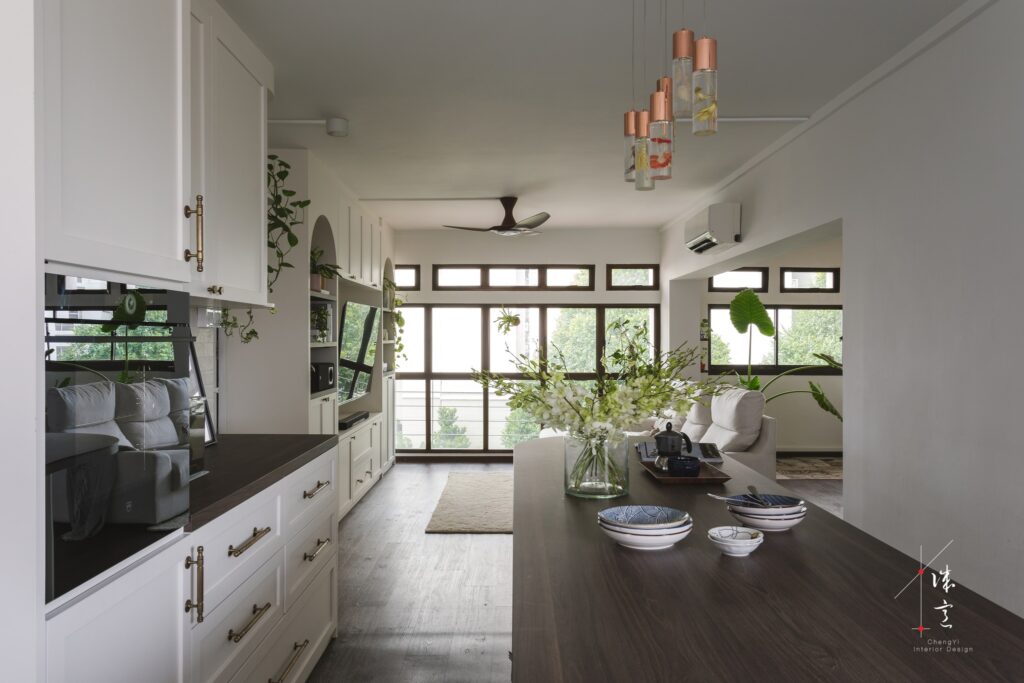
Biophilic Design: Incorporating Nature into Interiors for a Healthier and More Balanced Living Environment
Living in a small space doesn’t mean sacrificing style, functionality, or comfort. With thoughtful planning and strategic design choices, even the tiniest of spaces can be transformed into inviting and efficient environments. Whether you’re living in a studio apartment, a tiny house, or a compact urban loft, here are some tips and tricks for making the most out of limited square footage.
1. Natural Light
Maximizing natural light is a fundamental aspect of biophilic design. Large windows, skylights, and open spaces allow sunlight to flood interiors, creating a warm and inviting atmosphere. Natural light not only enhances mood and productivity but also regulates circadian rhythms, which are crucial for sleep quality and overall health.
2. Indoor Plants and Green Walls
Incorporating plants into interior spaces is one of the most straightforward and effective ways to apply biophilic design principles. Indoor plants improve air quality, reduce stress, and enhance the aesthetic appeal of a space. Green walls or living walls, where plants grow vertically along the walls, are particularly effective in offices and urban environments where floor space is limited.
3. Natural Materials
Using natural materials such as wood, stone, bamboo, and wool creates a tactile connection to nature. These materials bring warmth and texture to interiors, fostering a sense of comfort and relaxation. Additionally, natural materials often age beautifully, adding character to the space over time.
4. Nature-Inspired Patterns and Colors
Biophilic design often incorporates patterns and colors found in nature. Organic shapes, fractal patterns, and earthy tones can evoke a sense of the natural world. Wallpapers, textiles, and artworks inspired by natural elements can enhance the biophilic experience without requiring significant structural changes.
5. Views of Nature
Access to views of nature, whether through windows, balconies, or virtual means, is crucial in biophilic design. These views can reduce stress, improve concentration, and increase overall satisfaction with the environment. Strategic placement of windows and the design of outdoor spaces can optimize these benefits.
6. Natural Ventilation
Incorporating natural ventilation systems can improve indoor air quality and create a more pleasant living environment. Operable windows, vents, and atriums can facilitate airflow, reducing reliance on artificial heating and cooling systems and promoting a connection to the outdoor environment.
7. Biophilic Art and Décor
Artwork and decorative elements that depict natural scenes or utilize natural materials can contribute to the biophilic design. Photographs, paintings, sculptures, and textiles that evoke nature can enhance the sensory experience and foster a connection to the natural world.
8. Multi-Sensory Engagement
Biophilic design goes beyond visual elements to engage multiple senses. The sounds of water, the scent of plants, and the tactile experience of natural materials can all contribute to a holistic connection to nature. Designing spaces that stimulate sight, sound, smell, and touch can create a richer and more immersive biophilic experience.
Conclusion
Biophilic design is a powerful tool for creating healthier and more balanced living environments. By integrating natural elements into interiors, we can foster a deeper connection to nature, improve well-being, and promote a more sustainable lifestyle. Whether through natural light, indoor plants, or nature-inspired patterns, biophilic design offers numerous benefits that enhance the quality of our living and working spaces.
